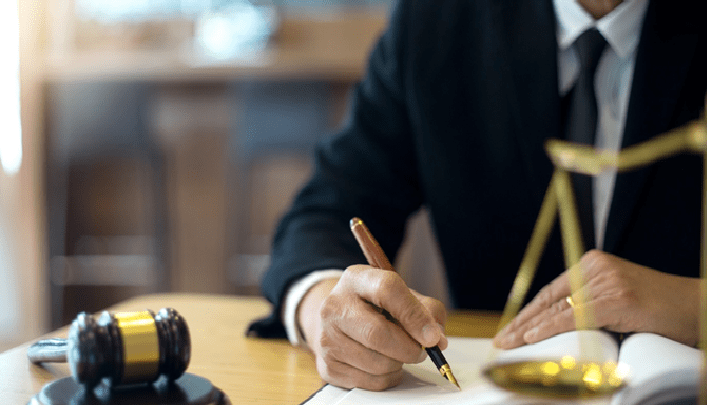Bikeshare programs have become a popular and eco-friendly transportation option in cities like New York and Chicago. But as their use increases, so does the number of accidents. When a crash occurs, figuring out who’s at fault, whether it’s the rider, a motorist, or a maintenance issue with the bike, is essential.
Liability plays a key role in determining injury claims, insurance coverage, and legal consequences. For injured riders, understanding who is responsible is the first step toward getting compensation for bikeshare-related accidents. In this article, we’ll break down how liability is determined and what it means for those involved.
Key Factors in Determining Liability
Liability in a bikeshare accident isn’t always straightforward. In many cases, multiple parties may share responsibility. Here are the primary factors considered when determining fault:
- Rider Negligence: If the bikeshare user was speeding, ignoring traffic signals, or weaving between vehicles, they might be found partially or fully at fault for the accident.
- Third-Party Involvement: Drivers who make sudden or unsafe moves, pedestrians who step into bike lanes without warning, or other cyclists behaving recklessly can all contribute to a collision. In such cases, liability may shift away from the rider.
- Bike Share Company Responsibility: Bikeshare providers are obligated to maintain their bikes in safe working conditions. If a crash is caused by faulty brakes, worn tires, or other maintenance issues, the company may be held liable. They’re also expected to provide clear safety instructions to users.
- Hazardous Road Conditions: Poorly maintained roads, faded bike lane markings, and unsafe intersections can also contribute to accidents. In these situations, a city or government agency may bear some responsibility.
Resolving Liability Disputes
When liability is unclear or contested, resolution can take one of three main routes:
- Insurance Settlements: The most common and often quickest resolution, where insurance providers negotiate payouts based on available evidence.
- Mediation: A neutral third party helps both sides reach an agreement without going to court. This option is less formal and often less costly than litigation.
- Lawsuits: In cases involving serious injuries, disputed fault, or denied claims, court intervention may be necessary. A lawsuit allows a judge or jury to decide who is legally responsible.
More complex situations, such as multi-party accidents or claims involving defective equipment, typically require legal expertise. An experienced attorney can gather crucial evidence, interpret local laws, and advocate effectively to ensure fair outcomes.
Conclusion:
Determining who is at fault in a bikeshare accident isn’t always simple, but it’s crucial for getting compensation for bikeshare-related accidents. From investigating the scene to reviewing maintenance records and insurance policies, each step plays a role in building a strong case. Whether you’re a rider, a driver, or a third party, understanding how liability is assessed can make all the difference in the outcome.
When in doubt, consulting a legal professional can protect your rights and provide clarity in a situation that often feels overwhelming. An experienced attorney can help you understand your legal options, avoid costly mistakes, and ensure that critical deadlines and procedures are followed. With the right guidance, you can navigate the complexities of your claim with greater confidence and a stronger chance of securing the compensation you deserve.







